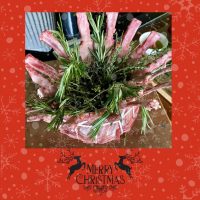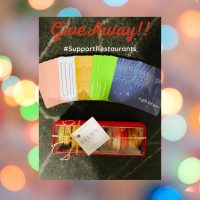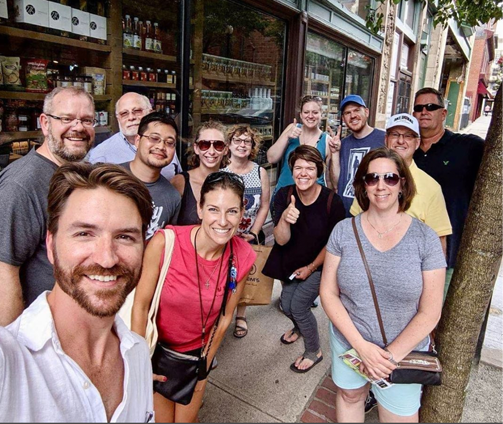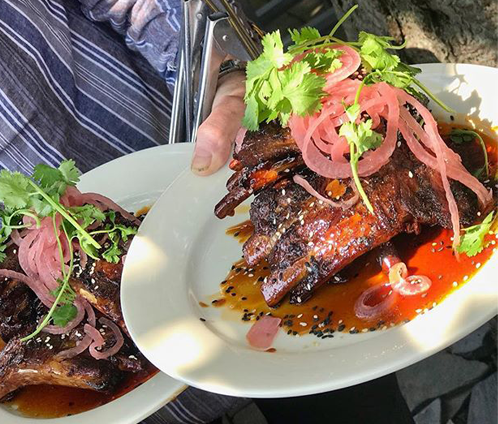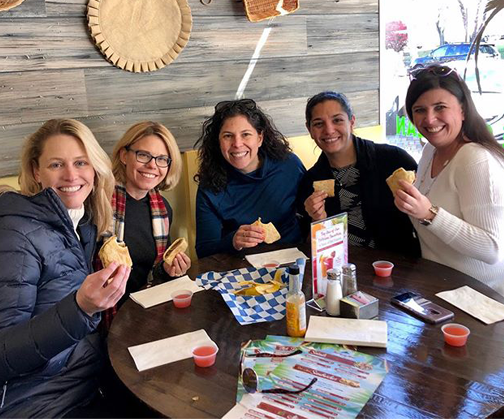Holiday Traditions and Cultural Flavors
November 14, 2021
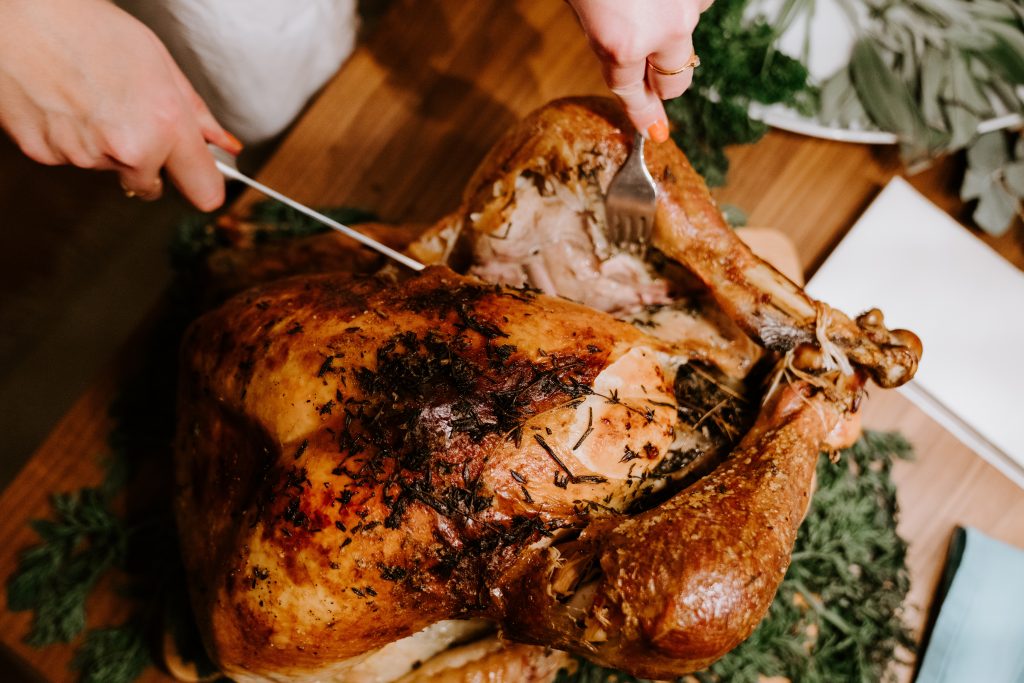
Since the day we launched Rhode Island Red Food Tours, we wanted to share not only the extraordinary culinary talent throughout Newport and Providence, but the many distinct cultural influences that make our flavors so distinct. In many places, we find the fusion of past and present on our palate, and many tastes are rooted in family recipes and traditions. An American Thanksgiving celebration can be like a food tour from around the world at your very table.
As we look ahead to the upcoming holidays, we are keenly aware of the unique ways people from around the world celebrate with different kinds of foods.
This month, we recognize National American Indian Heritage Month. This is a time to pay tribute to the rich ancestry and meaningful traditions of Native Americans. After English colonists arrived in Provincetown, Massachusetts and settled in Plymouth, they suffered a harsh winter – so brutal, in fact, it is said around half of those who arrived on the Mayflower perished that first winter in the New World. Tisquantum, a member of the Pawtuxet tribe, is credited with showing the English how to plant native crops, including squash and corn. He also taught them how to fish. After that first year, the English had their first successful harvest.
A celebration of that harvest is tied closely to Rhode Island. The Pokanoket, Indigenous peoples of Bristol, Warren, Barrington, and East Providence, an area called Sowams at the time, were led by Massasoit, which means “Great Sachem,” or leader. Massasoit, along with 90 Pokanokets, were said to have traveled from Sowams to Plymouth to meet the roughly 50 surviving English for that first harvest of 1621 – exactly 400 years ago – which is what many consider the first Thanksgiving, although specifics are disputed.
Because of the enslavement, exile, annexing of lands to whom the Indigenous people belonged, and a difficult history which includes the Indian Removal Act of 1830, many people have changed their perspective of Thanksgiving and have shifted from a “celebration” of its legacy to a reflection of American history.
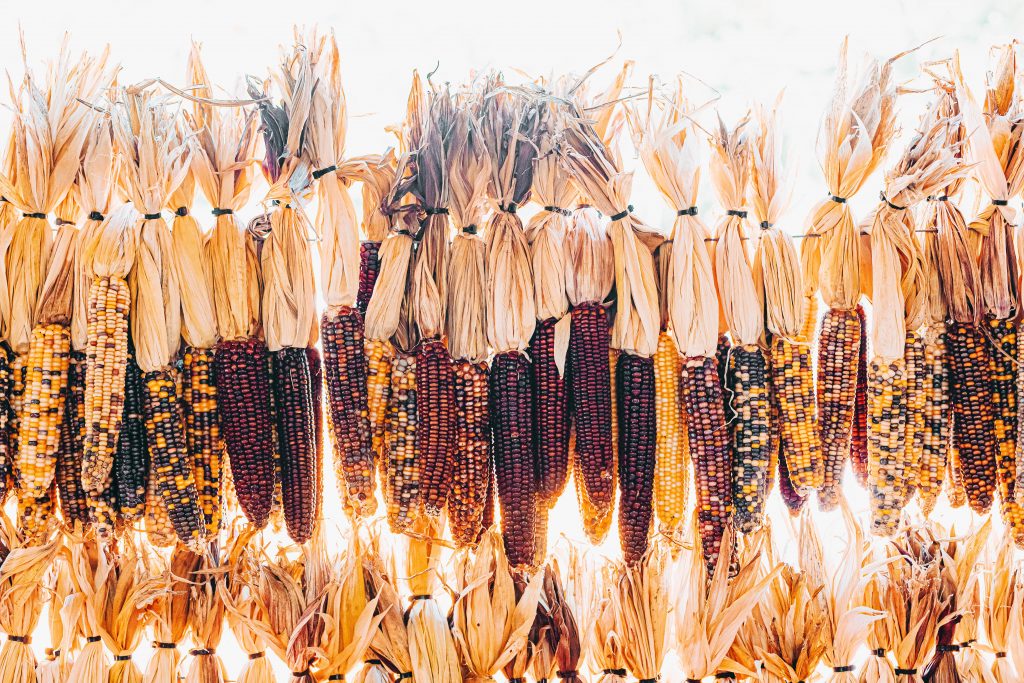
Foods the Native Americans introduced settlers include squash, pumpkin and corn. Historians agree there’s a high probability those dishes were enjoyed at the first Thanksgiving, along with deer and fish including bass and cod. Far less likely: turkey. Wild duck or goose is far more probable to have been savored than modern America’s gravy-soaked gobbler. Though one thing is certain, there was succotash and Rhode Island johnny cakes at the feast.
Thanksgiving is seen as a uniquely American holiday (the holiday is celebrated in Canada in October) but ask anyone who is of Greek ancestry and they might disagree. Though the U.S. is making its 400th anniversary of the First Thanksgiving in 2021, the same spirit of gratefulness for the nourishing harvest was celebrated in ancient Greece.
“Thesmophoria” was the outpouring of thanks to Thesmophoros, the Greek Goddess of harvest and agriculture, and her daughter Persephone. This ancient festival also aligns with the American timing of Thanksgiving, as it was celebrated during a month known as Pyanopsion said to be sometime between October and November. What dishes are popular at a Greek Thanksgiving? Well, it depends.
Modern Greek American Thanksgiving tables may include the standard turkey and stuffing, mashed potatoes, vegetables and breads, but there might be additional sweet and savory food including lamb or leg of lamb as a main dish and sides including Kalamata olives and authentic feta cheese. Stuffed grape leaves, or dolmades, are also likely to grace the table.
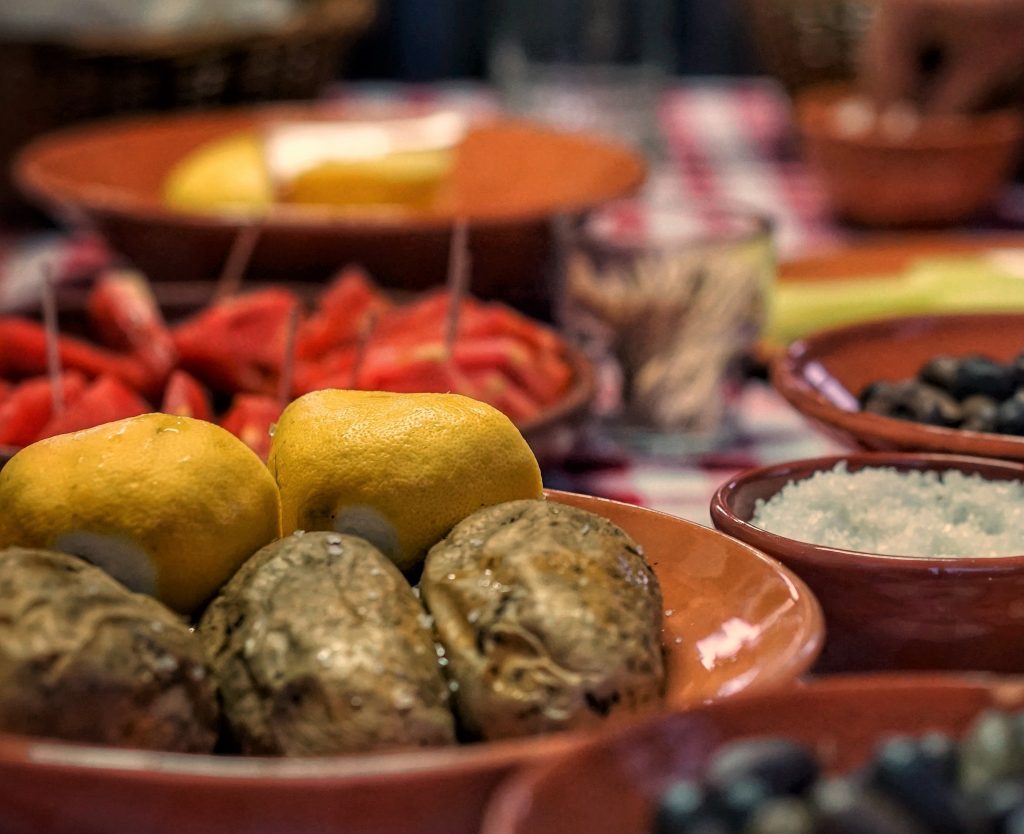
A Greek Thanksgiving may include more than one type of pita, like spanakopita (a savory spinach pie filled with feta cheese wrapped in flaky phyllo dough) or tiropita (cheese pita and a popular Greek street food). For a more autumnal pita, kolokithopita fits the bill as it’s made with fresh zucchini, feta cheese, and herbs — but if you like, you can swap the zucchini for summer squash.
When it comes to dessert, consider a Greek version of a pumpkin pie with golden, buttery phyllo crust. Greek or not, Yoleni’s in Providence will inspire your Thanksgiving menu. Here you’ll find more than 800 different artisanal products and a fresh deli with gourmet delights.
No matter the purpose or perspective of your Thanksgiving gathering, the idea is to be with the ones we love. While passing around plates at the family table and later retiring on the couch with Uncle Danny to watch some football as tryptophan-induced nap overcomes you. Family isn’t only defined by those with whom you share DNA. Many people celebrate with friends who are chosen family and celebrate Friendsgiving around or in lieu of the traditional Thanksgiving holiday.
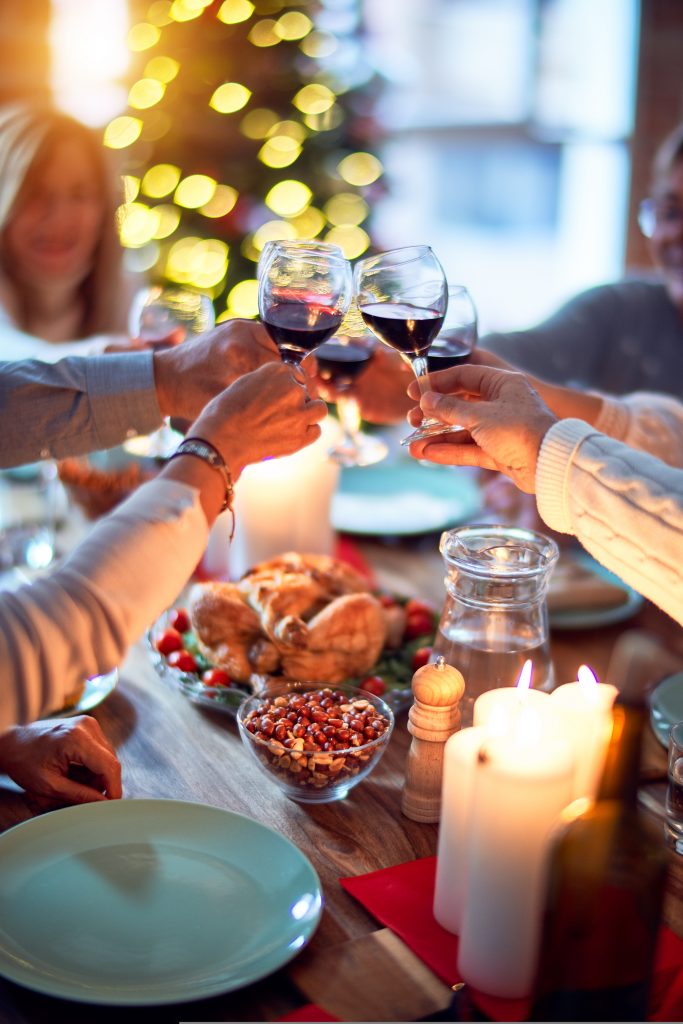
An obvious collision of the words “friends” and Thanksgiving,” Friendsgiving was officially added to the Merriam-Webster dictionary in 2020. Though the origins of the word can be attributed to many sources, the term became enormously popular after being used in an episode of the television hit series Friends.
A Thanksgiving dinner celebrated by friends, many people host Friendsgiving dinner a day or two before the official Thanksgiving holiday either in advance of the rush of holiday travel (AAA predicts 53.4 million people to travel for the Thanksgiving holiday, up 13% from 2020, bringing travel volumes within 5% of pre-pandemic levels in 2019) or as a welcome dinner with friends who have traveled from near and far. Potluck meals are popular at such gatherings, but catered dinners and choreographed dish assignments can bring an added element for a cohesive menu.
Some countries in the Far East also celebrate a holiday to give thanks for fall harvest in a tradition that dates back 3,000 years. The Mid-Autumn Festival, sometimes called the Moon Festival, is celebrated in mainland China, Taiwan, Hong Kong, Macau, and Vietnam, in addition to Chinese and Vietnamese communities around the globe. A version of the holiday is celebrated in Japan, Korea, and throughout Southeast Asia as well.
Taking place annually on the 15th day of the eighth month in the Chinese calendar (usually in September), the date coincides with the full moon. In addition to being thankful for the harvest, people also pray for longevity (in Chinese culture, the moon is also associated with fertility and represents a pregnant woman) and good fortune.
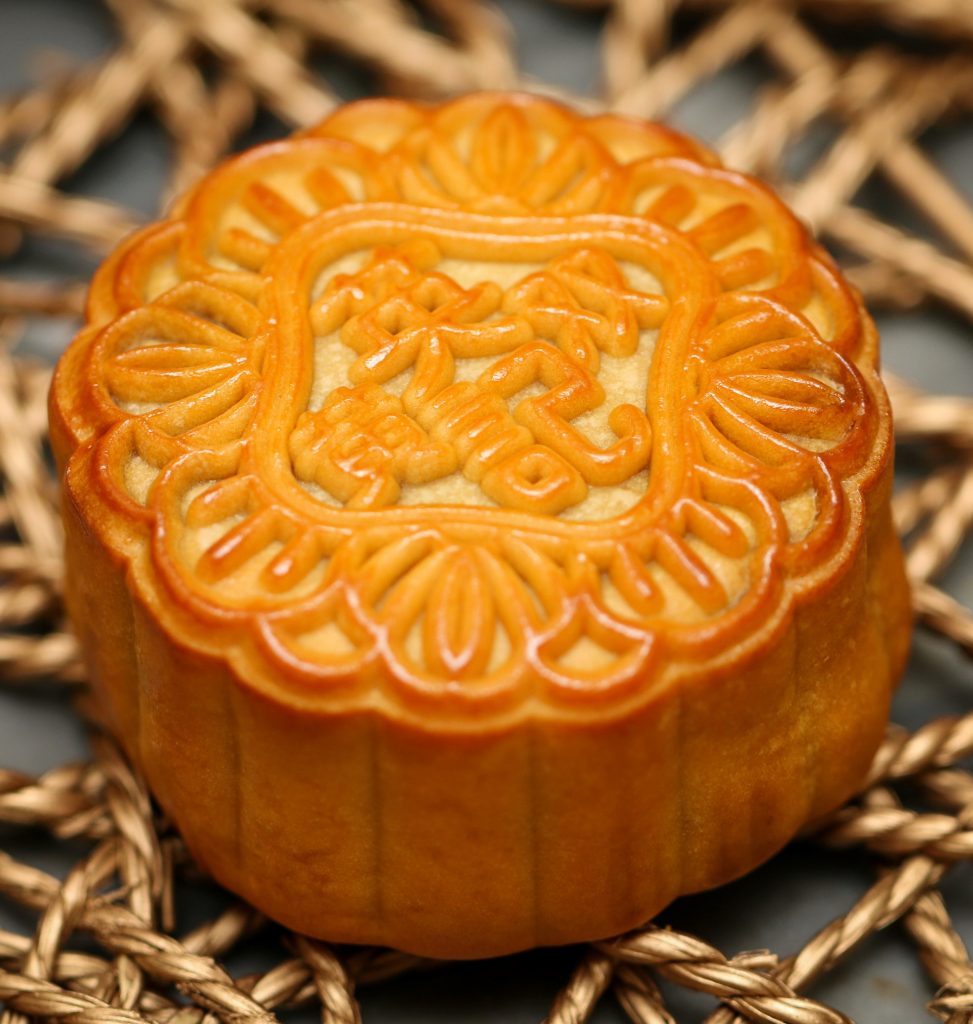
Mooncakes are the traditional food enjoyed during the Mid-Autumn Festival (which is why some people call it the Mooncake Festival). Historically, these little round cakes are filled with sweet bean paste, lotus seed paste or red date paste, and mini salted duck egg yolks, but the sweet or savory treats can also be filled with roast pork, vegetables, dried ham, or mixed nuts. Tea is the common beverage pairing with mooncakes.
As the festival name indicates, lanterns are a big part of the event. After dinner, children may carry around lanterns, while other people release the lanterns into the sky with the hopes of prosperity and good fortune.
So many cultures from around the world have integrated their food traditions into our own American ones so there can be a variety of dishes at any given Thanksgiving table.
No matter how you celebrate this month, we join you in giving thanks for the bounty of delicious foods we get to enjoy.

